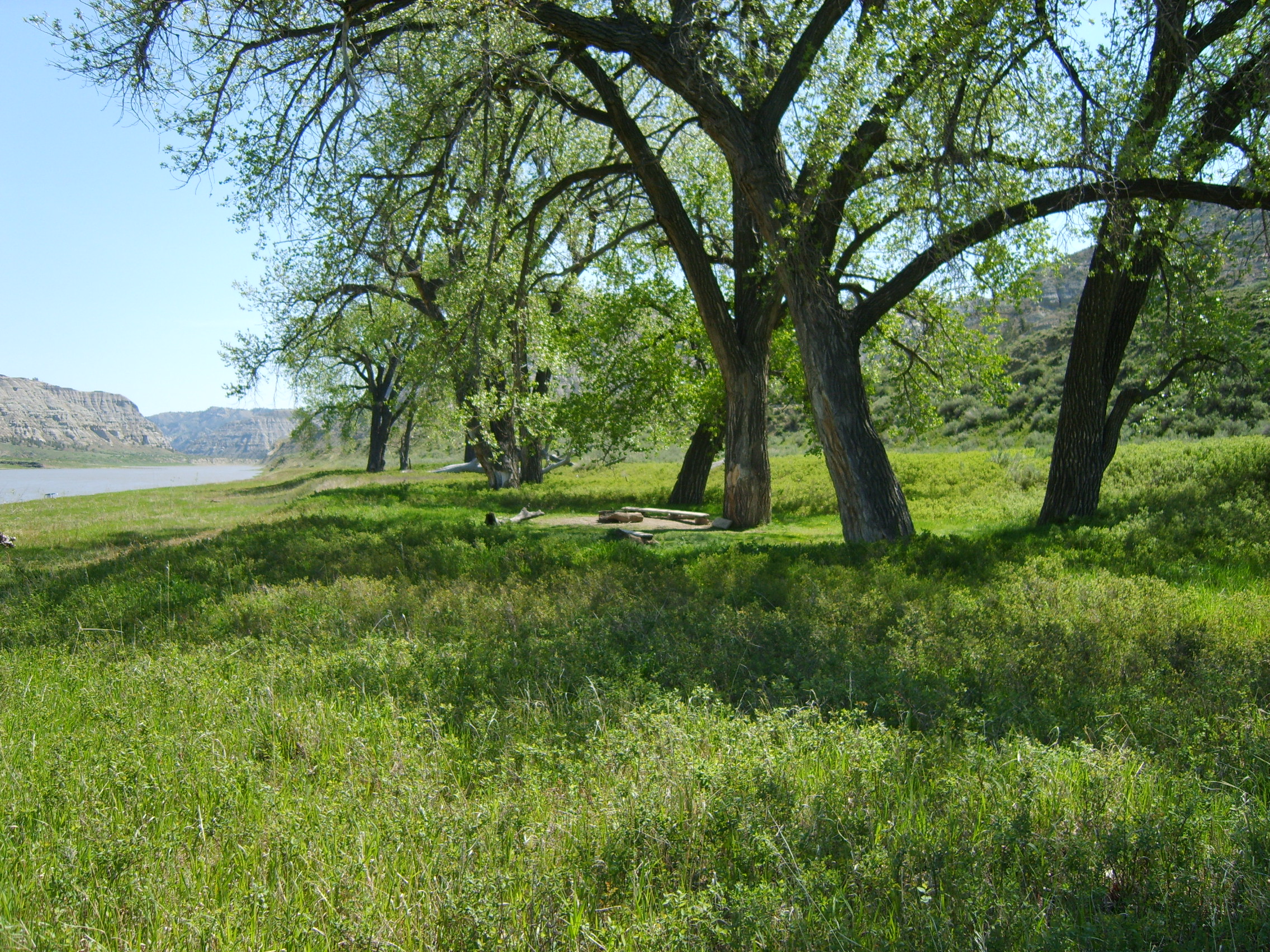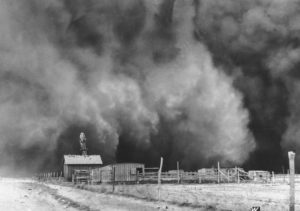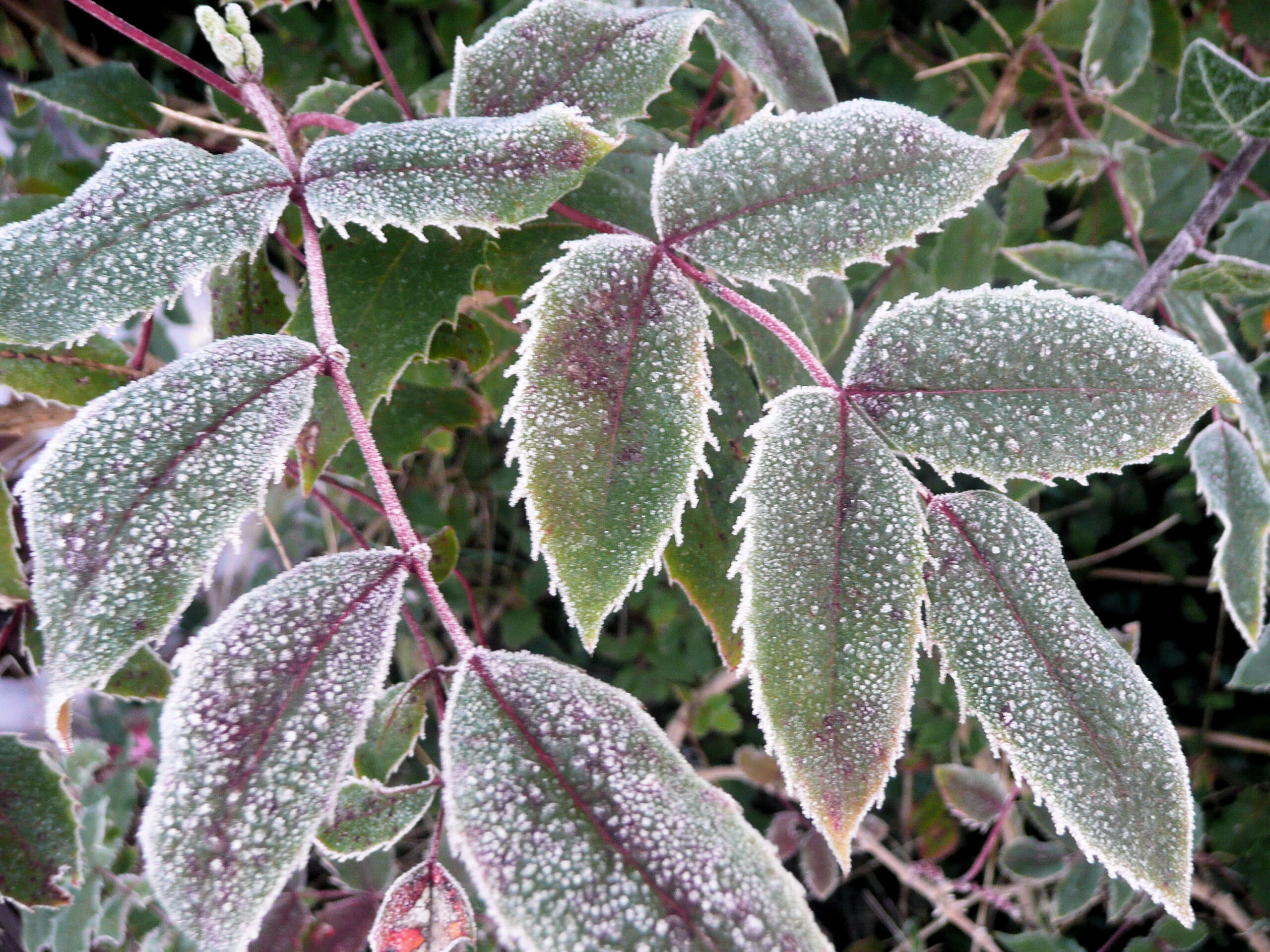By Jessie Walthers, Conservation Program Manager Groundhog Day. Who doesn’t love this most random of…

History of Conservation Districts and the 310 Law
On May 12, 1934, during the heart of the Dust Bowl Era, a major storm hit the Great Plains and darkened the sky as far east as Washington, DC. This was a time of sustained and severe drought in the Great Plains, and the region’s soil was eroding and blowing away. This massive storm was a turning point in the effort to focus public attention on the erosion problem, and in April of 1935, Congress unanimously passed the Soil Conservation Act.

Since about three-fourths of the continental United States was privately owned at that time, Congress realized that only active, voluntary support from landowners would guarantee the success of conservation work on private land. In 1937, President Roosevelt wrote the governors of all the states to recommend legislation that would allow local landowners to form soil conservation districts. Conservation Districts (CDs) are political subdivisions of the states with authority under the law to carry out programs that conserve soil and water, protect streams and rivers, and improve soil health and wildlife habitat. CD’s operate under the direction of an elected Board of Supervisors, volunteers who share their knowledge and experience for the protection of local natural resources.
Montana passed the Montana Conservation District Law in 1939 to provide for local management of natural resources, and today, there are 58 conservation districts across the state. In Montana, CDs have the additional responsibility of implementing the Montana 1975 Natural Streambed and Land Preservation Act, also known as the 310 law. This law requires a 310 permit from a local CD before any work is done in or near a perennial stream or river on private land. A perennial stream is a stream, which in the absences of diversion, impoundment, appropriation, or extreme drought, flows continuously at all seasons of the year and during dry years as well as wet years. The Flathead Conservation District (FCD) administers the 310 law in Flathead County. There is no fee for a 310 permit.
The purpose of the 310 Law is to ensure that projects on perennial streams will be carried out in ways that are not damaging to the stream, its banks or adjoining properties. A project that would need a 310 permit is: “Any activity that results in a change in the state of a natural perennial-flowing stream or river, its bed, or its immediate banks.” Some examples of projects needing a 310 permit include:
- Dredging
- Culverts & Bridges
- Dams & Ponds
- Stream Bank Protection/Stabilization Projects
- Boat Ramps & Docks
- Fences & Decks
- Sandbagging
During the 310-permitting process, at least one conservation district supervisor and a representative from Montana Department of Fish, Wildlife, and Parks (FWP) inspect the proposed project site with the applicant and make recommendations to the Conservation District Board. The Board has sixty days from the time the application is accepted to approve, modify or deny the permit.
Supervisors & FWP use six main criteria to determine the possible effects of proposed projects. They include the effects of soil erosion and sedimentation; the risk of flooding or erosion problems upstream or downstream; the effects of stream channel alterations; the impacts on stream flow, turbidity, or water quality caused by materials used or by removal of ground cover; and the effects on fish and aquatic habitat. The final consideration is whether there are reasonable alternatives which will reduce disturbance to a stream or better accomplish the purpose of the project.
Although 310 permits are easy to obtain from FCD, sometimes exceptional circumstances create the need to file a 310 emergency or complaint. Emergencies are actions necessary to safeguard life or property. Anyone undertaking this type of action needs to notify FCD within 15 days, and, if possible, request a supervisor site visit before work is performed. Complaints can be filed by anyone alleging a violation of 310 law. FCD follows an established process for 310 permits, emergencies and complaints.
In addition to 310 permit projects, FCD provides education programs on riparian area best management practices, non-point source pollution prevention, and weed management. FCD supports local teachers and students with education grants and scholarships, and it offers cost share and seedling programs to help landowners who want to promote practices that enhance soil health, water quality, and wildlife habitat on their land. To learn more about FCD’s landowner assistance, education programs, and watershed restoration projects, as well as 310 permits, visit our About Us page or call 752-4220.



